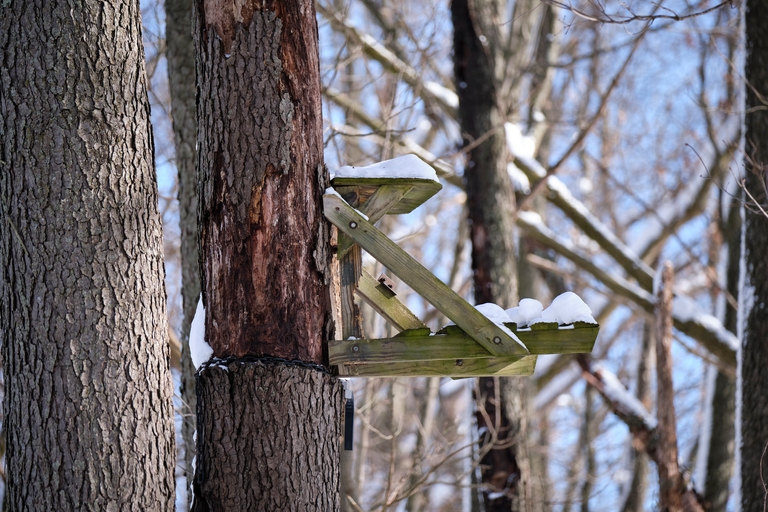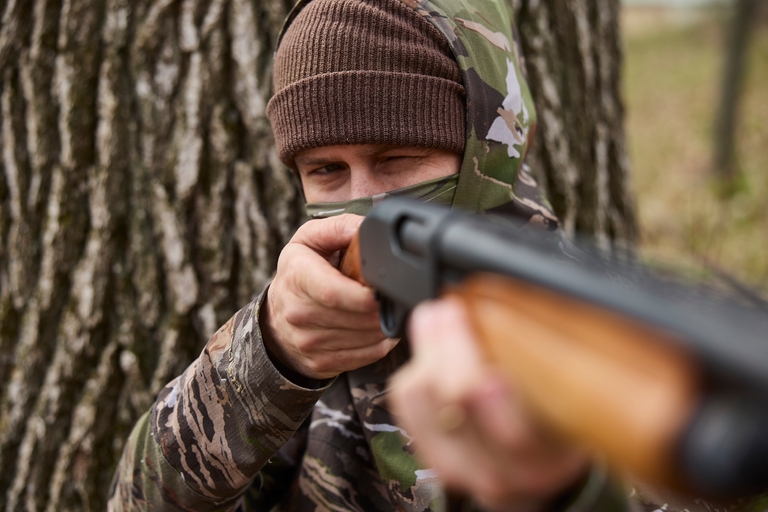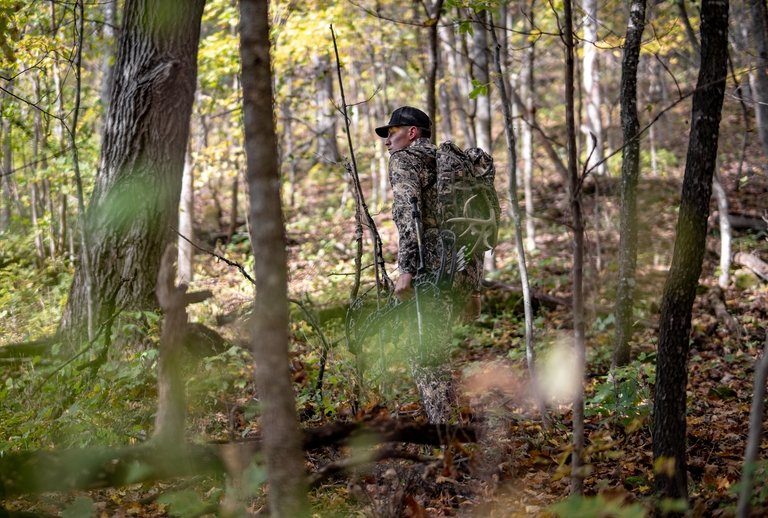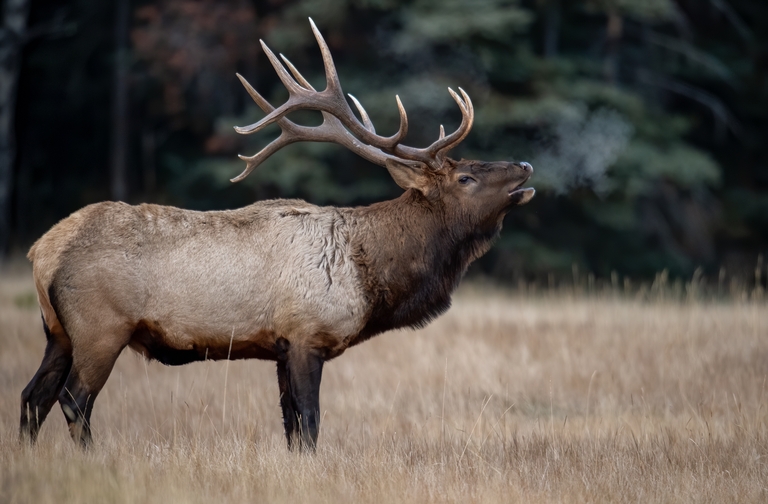A Hunting Gear Guide: What to Take vs. What to Leave at Home
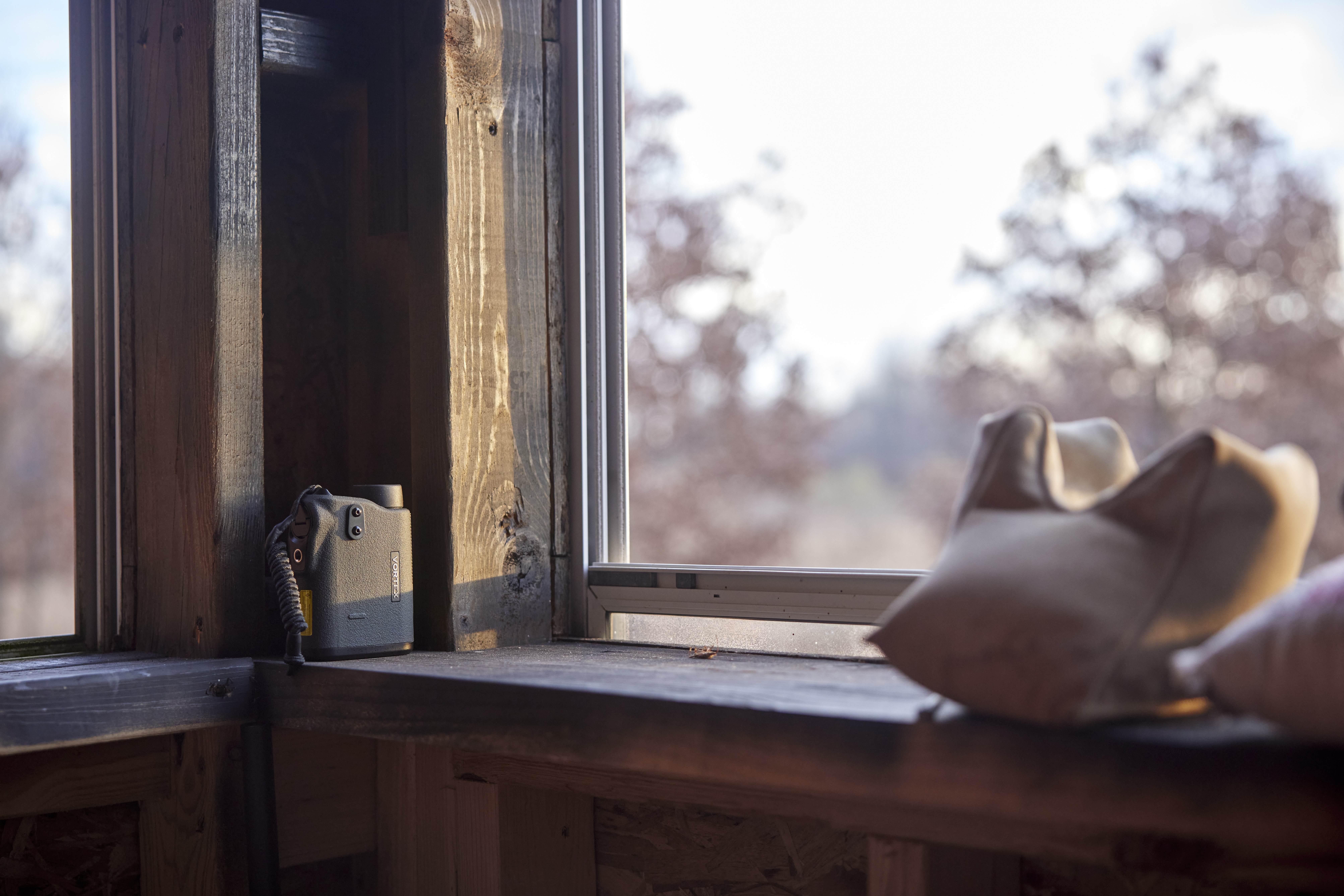
Wandering out into the woods without the right gear for your hunt can leave you without the essentials you need to bring home the game you’re after. Hunters need the right clothing, scopes, firearms and ammunition, bows and arrows, navigation tools, snacks, and water to enjoy a successful hunt.
However, while you may need to bring quite a few essentials, it’s also crucial to leave non-essentials at home. So, as you plan your next hunt, check out our guide to the hunting gear you need in the field – to avoid under (or over) packing!
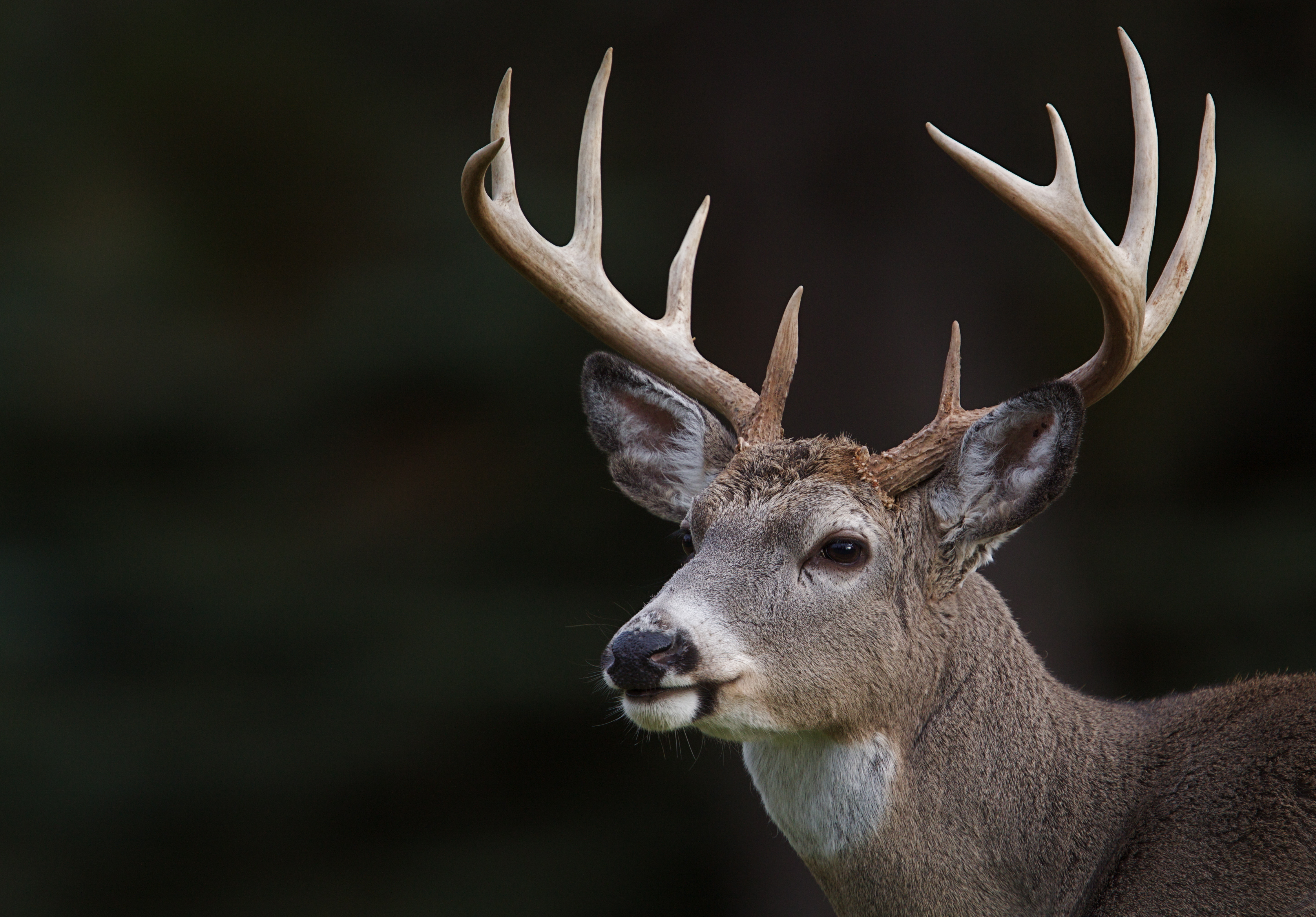
What Are Essentials vs. Non-Essentials?
What are “must-haves” for a good hunt? You’ll need items that help you track your prey, stay hydrated and fed, and keep you safe in the field.
You’ll also need your hunter education card and the license that allows you to hunt game in the area you’ve chosen for your hunt.
While other items might be nice to have to make your day more comfortable, it’s important to ask the question, “Do I really need this?” as you choose items for your gear pack and pockets. While comfort can be a concern, it’s often not as much of a priority as other gear items when packing for a hunt.
Remember:
- Too many items can make it challenging to remain stealthy as you track your game.
- However, not bringing essential items can leave you without something you need to stay out in the field long enough to bring home more wild game for your freezer.
Additionally, not having a crucial piece of gear (like a first-aid kit) can leave you in a dangerous situation if you get hurt on a hunt.
So, it’s important to strike the right balance of “must-haves” vs. “I can leave that at home.”
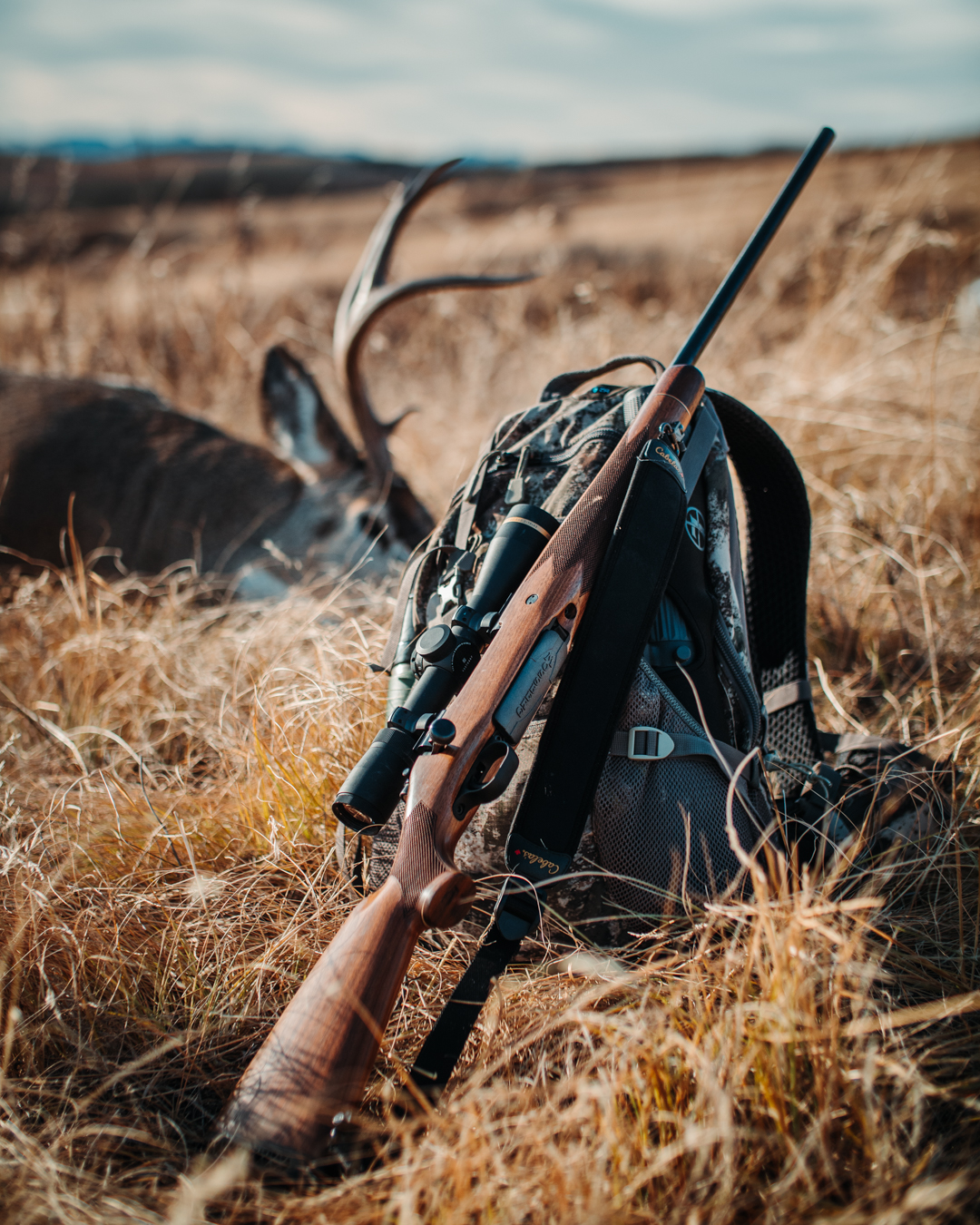
Types of Hunting Gear to Pack for a Great (and Safe) Hunt
Let’s start building your gear list to get you ready for your next hunt.
Clothing and Footwear
What should you wear? In addition to the right camo clothing, you’ll need to consider where you’re hunting and the time of year.
For example, in colder temperatures, when hunting whitetail in the late fall or winter, you’ll want to dress in layers. However, in warmer temperatures, you’ll want to consider lighter layers. Moisture and scent control are also important, as well as protecting your skin from the sun and bug bites.
When choosing footwear, consider the temperatures and the terrain. Your feet need to stay comfortable and dry while walking through woods, fields, or up and down hills in pursuit.
Don’t forget your blaze orange items! Check with state agencies to find out how much and what type of blaze orange must be part of your gear.
Firearms, Bows, and Accessories
Do you hunt with a bow? Or do you prefer hunting with a rifle or shotgun? No matter your preference, make sure you bring it!
You’ll also need the right accessories, including ammunition, arrows, scopes, and chokes. Make sure you also bring any tools you’ll need to keep your bow or rifle working well in the field, like a cleaning kit to unclog the barrel of your firearm if necessary.
Scouting and Optics
Before you can fire at that elk, you have to find it!
Make sure your hunting gear includes items to help you scout like a good pair of binoculars and a GPS unit or hunting app to find the best hunting areas.
Safety and Health Items
At Hunter-Ed, we want every hunter to stay safe in the field and return home safely (with plenty of game for eating later)! As you pack your gear, make sure you bring some crucial safety items to help make those things possible.
Bring a good flashlight (fully charged or with fresh batteries), a first-aid kit with bandages and a tourniquet, and your cell phone to call for help if something goes wrong.
You’ll also want to bring plenty of water to stay hydrated throughout the day. Consider some high-energy, lightweight snacks for your pack, too.
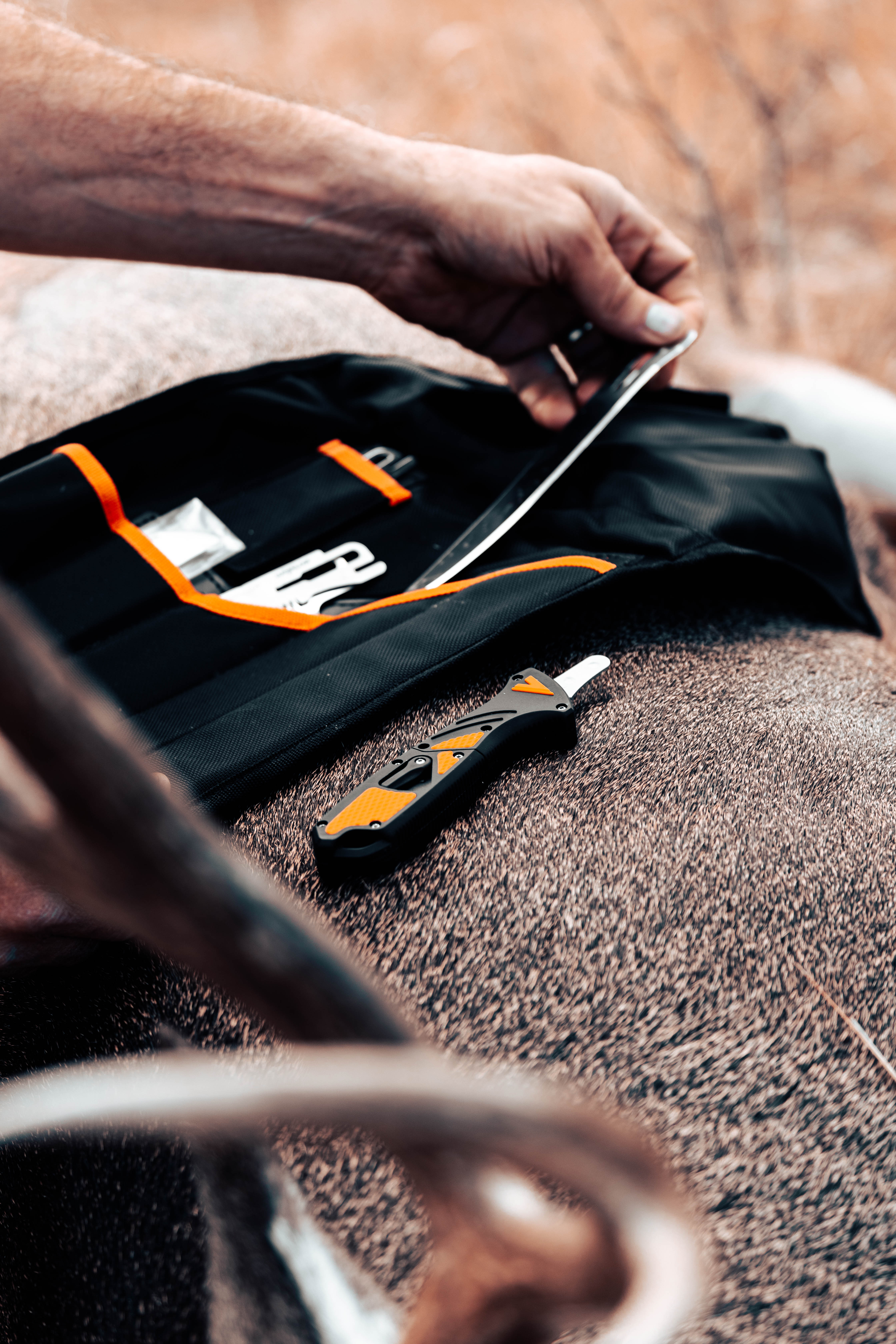
Field Dressing Gear
What do you need to have with you after you take that kill shot and track down your price? You need a field dressing kit to process the animal and bring it out of the field.
This kit should include:
- A game bag
- A cord or rope
- A fixed-blade knife
- Gloves
These items help you field-dress your game to carry home.
Carry In, Carry Out
Remember that everything you bring with you on a hunt should also go out with you at the end of the day. Never leave anything behind, like trash or equipment.
So, when making your gear list and assessing everything you need, make sure you can safely carry it with you throughout the day. Choose a pack that is big enough for everything you need but won’t slow you down or make too much noise during your hunt.
Consider it a “leave no trace” pack that helps you bring enough gear to keep you safe while carrying it back out to preserve the land as you found it.
Your Hunter Education Card is an Important Part of Your Gear Pack
We hope this guide helps you plan the gear you need (and don’t need) for your next hunt! Staying safe and stealthy can help you enjoy more hunts (and more wild game) every season.
When thinking through everything you need, make sure you have your hunter safety certification. As we mentioned earlier in this article, hunters must carry this card in the field if their state requires it.
If you still need to take a hunter education course to get your card, Hunter-Ed can help. Our state-approved courses are 100% online, making it convenient to go through the coursework and pass the exam before your next hunt. So, find the course for your state, start learning, and pack your card when you head out to the field this season.

